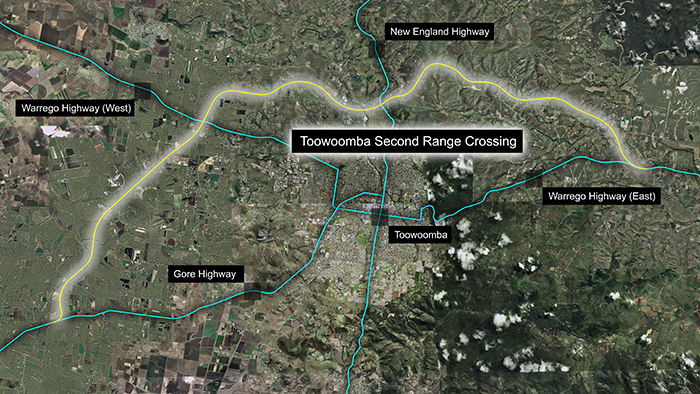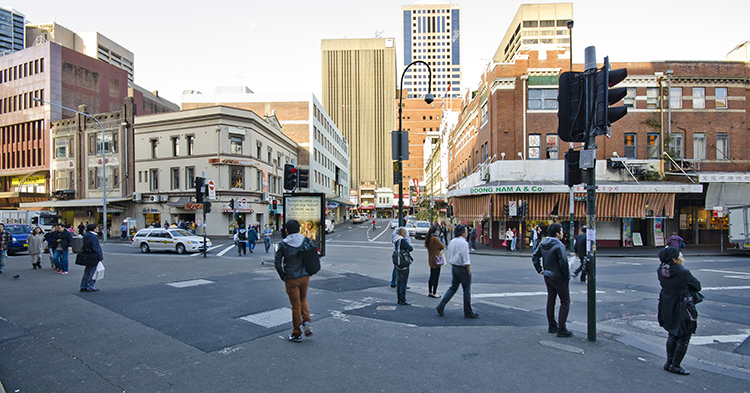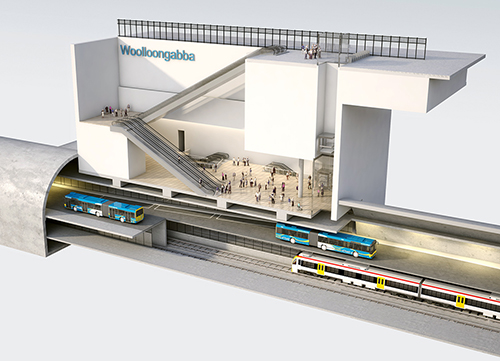Booming Providence development brings forward $5m civil construction contract
BMD URBAN has been awarded early the contract for civil construction works on 144 new lots at Providence in Ripley Valley, South East Queensland, because of a surge in demand.
Providence is now one of the fastest selling developments in the country and the contract value of almost $5 million includes regional trunk infrastructure such as roads, water and sewer mains.
BMD was awarded the tender by Providence developer Amex Corporation, bringing through the largest residential community being developed in the fast growing Ripley Valley near Ipswich.
Providence project director Michael Khan said construction was ahead of schedule because of much higher than expected consumer demand. 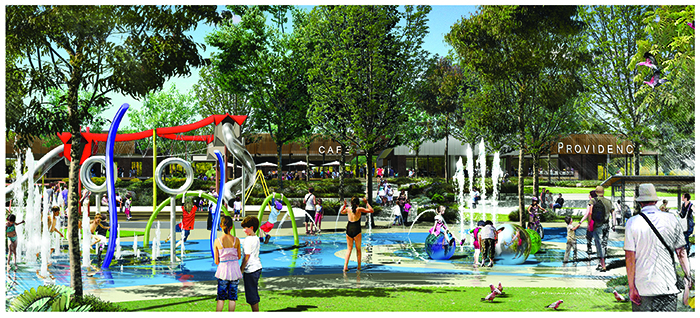
“Over the first six months of sales we’ve been selling more than one block of land every day to a mixture of first home buyers, empty nesters, investors and builders who can see the value of buying early into Providence,” Mr Khan said.
Civil works construction on the first three stages are nearing completion. The bulk earthworks on stages 4-6 are also finished. This brings the total to 338 lots at varying stages of construction at present.
Mr Khan said civil works on stages 4-6 would include sewerage, stormwater, water mains and roadworks across three new stages for more residents to begin building later this year. In addition to these works, there will also be services such as electricity, NBN fibre to the home, natural gas and landscaping.
Construction on Providence is several months ahead of schedule, and is quickly transforming the former grazing land into a new master-planned community, which will eventually house up to 20,000 people.
Providence is the largest single development within Ripley Valley. The 670-hectare master-planned community will be developed over the next 20 years and include two future primary and two secondary schools, a health and wellbeing precinct and 200 hectares of retained bushland and landscaped open space.
Over the next 25 years, the entire Ripley Valley is projected to accommodate 10 percent of South East Queensland’s population growth, with a projected population of 120,000 people and significant employment opportunities for the western corridor.
WATER PARK IN PLAY
Amex Corporation lifted the appeal of the development with last month’s surprise announcement of a new water play park for the Ripley Valley region at Providence. It is scheduled to be open to the public for next summer.
Ripley Valley’s first water play park will feature a dedicated toddler water playground, an older children’s zone, and space for adults. Combined with the adjoining Adventure Play area, the new destination will be known as Providence Splash n Play.
“We’ve designed the Splash n Play water play park with fun-loving families in mind,” Mr Khan said.
“There’s the toddler area with ‘wiggly’ sprayers that little tots can control, and the bigger kids zone with 4m-high water features that shoot water down to the ground. There’s even ‘day beds’ where mums and dads can relax on the large seating platforms watching their children play.
“As the largest development within Ripley Valley, Providence is creating hectares of active recreational spaces for the community,” he said. 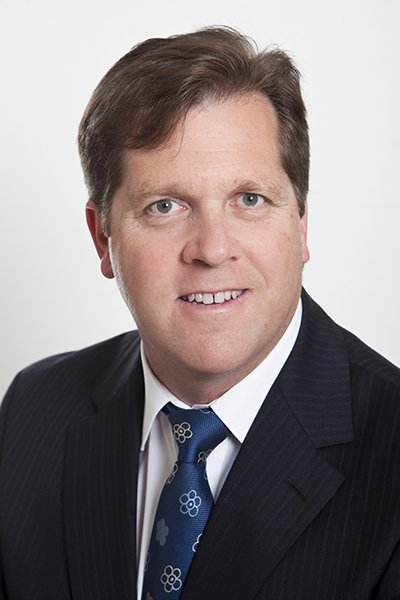
““The Splash n Play water play park, the neighbouring Adventure Park and bikeways will cement Providence’s position as the community heartland for families living in the Ripley Valley.”
About 80 percent of the Splash n Play water play area is to becovered in shade structures, making it a sunsafe place to enjoy the summer, Mr Khan said. “As well as shade structures, the park is dotted with palm trees, creating a cool oasis on hot summer days.”
Commencing near the District Park that has the Splash n Play area and the Adventure Play, there will be a network of bicycle paths criss-crossing the development, enabling residents to make their way to this destination without having to drive the car.
Splash n Play forms part of the 200 hectares of retained bushland and landscaped open space at Providence, which will eventually be home for up to 20,000 people.
Amex Corporation is an Australian family-owned residential development company that has been operating in Queensland for 25 years, and has delivered 14 communities across Australia.
ends

 How to resolve AdBlock issue?
How to resolve AdBlock issue? 